Discover the Wood Duck Mating and Nesting Behaviors
The drake Wood Duck is considered one of the most beautiful species of waterfowl in North America. In 1918, this bird was near extinction due to habitat loss and hunting.
Fortunately, wildlife management has protected this species to the point that it is one of the most common ducks in the Eastern United States today.
In spring, look for nest cams of these birds on the internet.
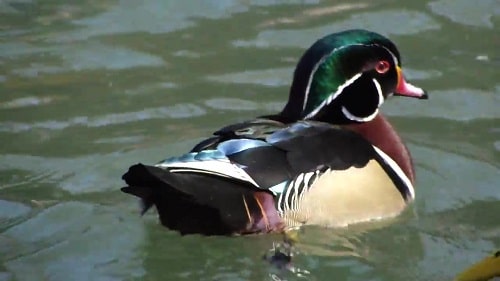
Wood Duck Male - drake
Description: Size - Field Marks
The Wood Duck is 18 inches in length. The male has a colorful head with a white throat and a partial neck-ring and chinstrap.
The large crest is green, and the bill is multi-colored. The eye is noticeably orange/red.
The female is brownish-gray with a darker crown and a broad white-eye ring that tapers to a point in the back.
The male plumage in winter is similar to the females but retains some of the white facial markings.
Wood Duck Call Sound
Mating Breeding Habits
The mating/courtship habits of these birds take place through fall and winter on their wintering grounds. The pairing up begins well before the actual breeding season.
Throughout the winter the male will spend his time trying to protect the female.
The pair are early migrants to their breeding territories, often returning right after the spring thaw.
The courtship of the female is a repeated flick of her bill back over her shoulder.
The male responds by raising his wings and tail, turning the back of his head to her so that she can see the bright white feathers as he swims away.
If she is impressed, she will begin to follow him. The choice of mate is completely the females.
Do They Mate for Life?
Male Wood Ducks may stay around the female through incubation or in second broods, leaving mid-way through incubation. They do not mate for life.
Nesting Habits When Do They Begin
When the Wood Duck nesting season begins is dependent on where in the country they breed.
In the South, the breeding season could begin in January, whereas in more Northern areas, the time of breeding could begin from March through April.
Females will remember where they hatched and will bring the male to that same cavity.
If the cavity is being used, she will find another cavity close by.
The female's nest is made of wood chips and down. Located in a natural tree cavity or man-made birdhouse.
The nest is generally 5 to 50 feet above the ground or water.
If the Wood Duck is successful in raising young, she will often return to the same nest each season and raise more broods.
The female bird lays 10 - 15 dull white eggs. One egg per day. During egg laying, the male will accompany the female to the nest site each day.
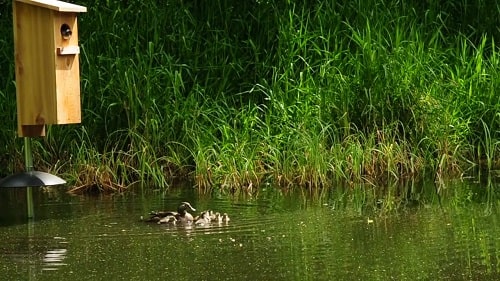
Baby Ducks Leaving Bird House
Once incubation begins, the male's involvement diminishes to being absent by hatching time. Incubation is done by the female and last 27 to 30 days.
Upon hatching and seeing their mother, the young are immediately imprinted. The day after hatching, (within 24 hours) the female will leave the nest and begin calling the young.
One by one, they will climb to the opening and drop to the ground or water, and head toward their mother.
The female Wood Duck will take the young to the water, where they instinctively know what to eat.
In the early evening, the female will find shelter for herself and the young for the night.
Quick Summary Nesting Behavior
| Wood Duck Nesting Stats | |
|---|---|
| Eggs | 10 - 15 |
| Incubation | 27 - 30 days |
| Nestling Phase | 24 hours 7wks training |
| Broods | 1 - 2 |
The young birds will need about 7 more weeks before learning to fly. During this time, they follow and obey their mother for safety and to find food.
A second nesting or clutch of eggs may be laid before the end of the nesting season.
Feeding Habits: Diet
In the first weeks, the young Wood Ducks need protein and feed on crustaceans, small fish, insects, and their larvae.
As they grow, they'll eat aquatic plants, nuts, and fruit. Some of the plants they eat are duckweed and wild rice.
Feather Molt
When females begin incubation, the male Wood Duck abandons the female and the egg clutch while forming flocks with other males. By mid-summer, the molting process begins for the male.
The male loses his flight feathers all at the same time. This means they cannot fly and are at a high risk of predation.
During this time, they move into remote places that are full of tall reeds where they can hide.
This molting process takes up to four weeks. The male will have a more drab appearance and look similar to the female.
At the base of their tails, Wood Ducks have a gland that secrets a wax substance that they rub on their feathers to provide water protection.
By early autumn, the young ducklings will begin to put on their adult plumages.
Migration
Following landmarks, magnetic fields, and the sun, the ducks migrate to the southern states for the winter. Because they don't store fat, they must find food sources along the way.
While they are powerful fliers, they use a lot of energy flying. They do not glide like other birds.
Their build and short wings mean they must flap their wings fast constantly to stay aloft.
Predators
The Wood Ducks young have many predators. Among these are, birds, foxes, hawks, cats, large-mouth bass, and turtles. Nearly 90 percent die in their first few weeks.
If you live near a pond or lake or wetland, you can try using a birdhouse to attract them to nest near you. It's worth a try!
Baby Wood Ducks Leave the Birdhouse and Drop into the Water
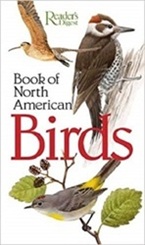
|
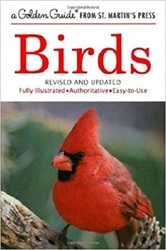
|
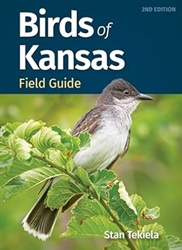
|
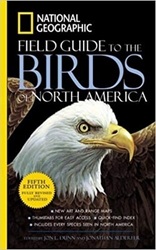
|
| Readers Digest Guide | Golden Guide | Your State Only | Nat-Geo Guide |





